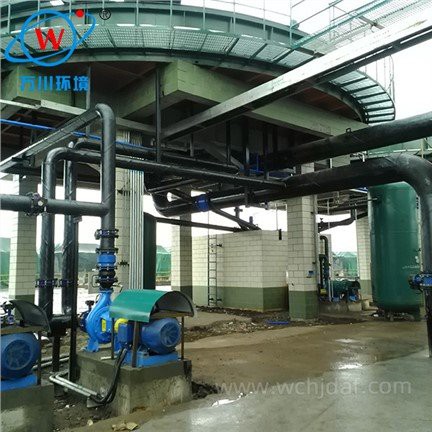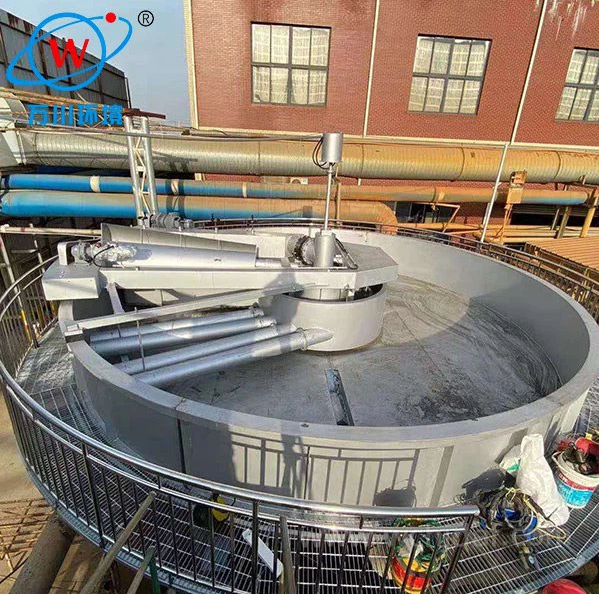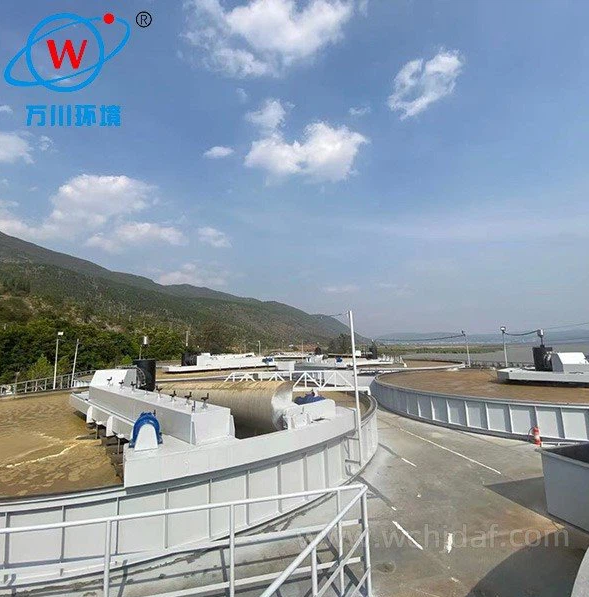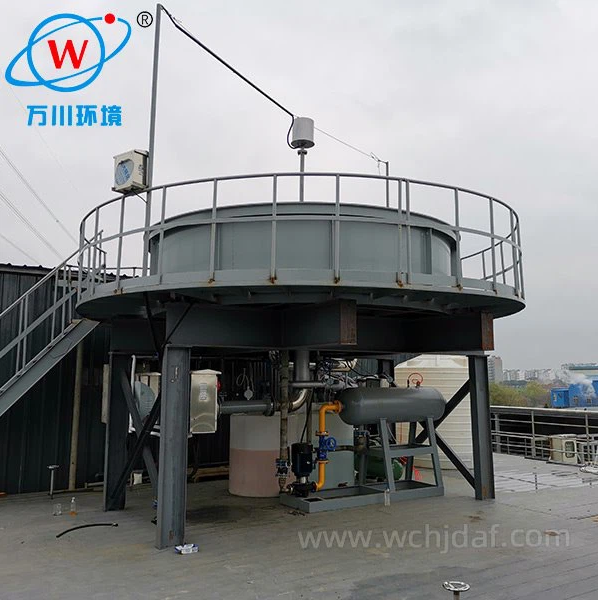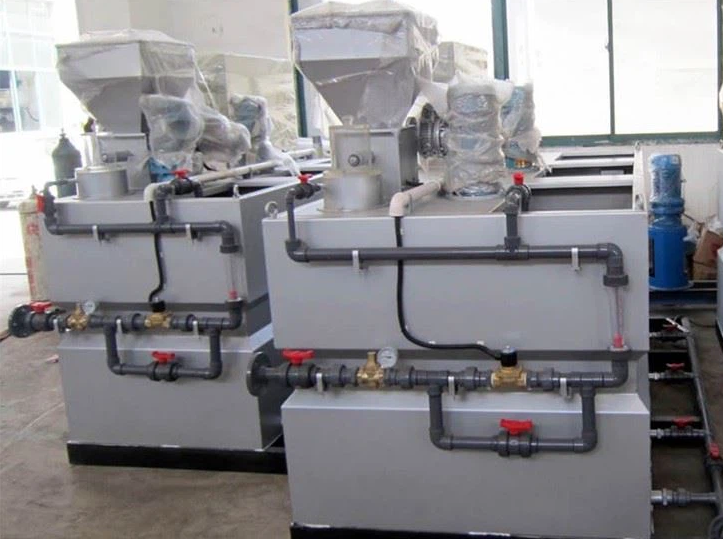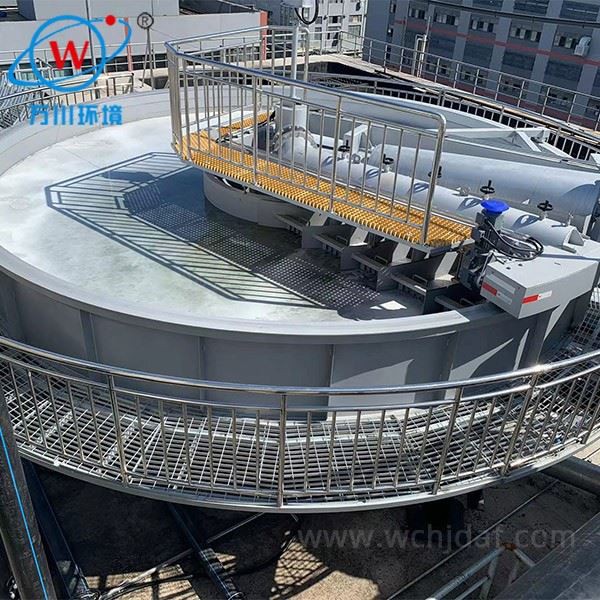Comprehensive testing and evaluation procedures for equipment performance, covering basic parameters, pollutant removal efficiency, operational stability, and energy consumption analysis.
Basic Performance Testing
Start the equipment and run it at no load. Test the bubble generation characteristics of the cavitation generator, observing bubble size, distribution uniformity, and stability to ensure that bubble morphology meets design standards.
Test the operating status of each core component, including the pressure stability of the dissolved air system, the smoothness of the scraper transmission, and the response speed of the control system.
Pollutant Removal Efficiency
Conduct load testing with simulated wastewater, selecting pollutant compositions similar to those in the actual treated water quality, and test the equipment's removal efficiency for target pollutants.
Adjust the influent concentration in stages, observing the equipment's treatment performance under different loads to determine the high-efficiency treatment range.
Operational Stability
Continuous operation tests are conducted to continuously monitor fluctuations in key parameters such as pressure, flow rate, and energy consumption, assessing the equipment's performance stability over long periods of operation.
Fluctuating water quality conditions are simulated to observe the equipment's adaptability and sensitivity to parameter adjustments, verifying its anti-interference capabilities.
Energy Consumption
Unit energy consumption under different operating loads is calculated and compared against design standards to evaluate energy-saving performance.
The accuracy of the chemical dosing system is tested to check for overdosing or waste. The ease of routine maintenance operations is assessed.
Component Testing
Record the equipment's energy consumption when no load is running to determine whether mechanical performance meets standards.
Verify the smoothness of the equipment's startup and shutdown processes through multiple start-up and shutdown cycles, and troubleshoot abnormal noise or vibration.
Water Quality Analysis
Compare the turbidity, suspended solids content, and specific pollutant indicators of the influent and effluent water to evaluate the stability of the separation effect.
Record the speed and characteristics of scum formation during testing to determine the thoroughness of pollutant capture and separation.
Key Testing Parameters
Testing Protocols & Standards
- No-load operation testing for initial performance assessment
- Simulated wastewater testing with controlled pollutant compositions
- Stage-adjusted influent concentration for load performance evaluation
- Continuous operation monitoring for stability assessment
- Fluctuating condition simulation for adaptability testing
- Vulnerable component inspection for durability evaluation
- Energy consumption measurement under various operating loads
- Chemical dosing system accuracy verification
- Maintenance procedure ease-of-use assessment
- Cost-effectiveness analysis based on performance data

